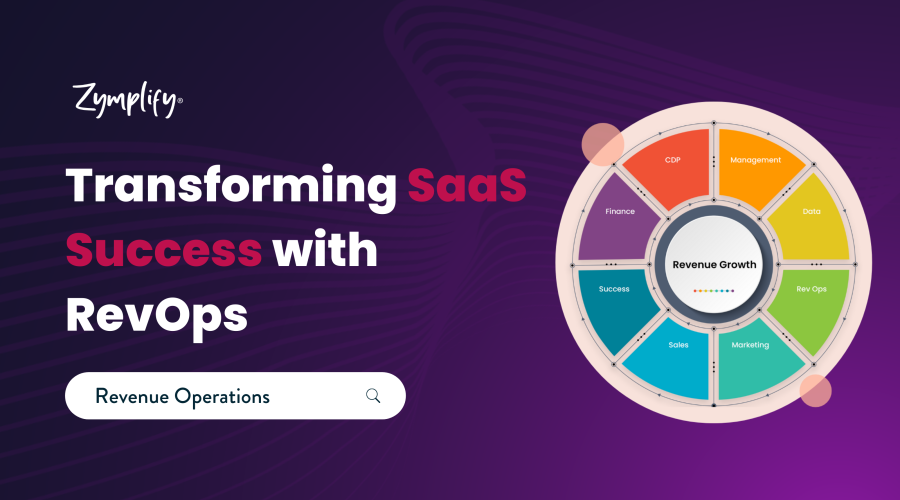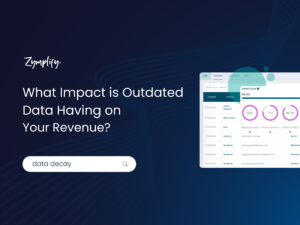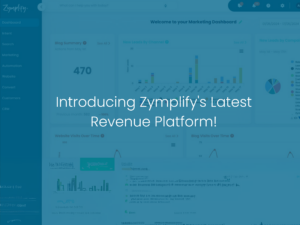The software as a service (SaaS) industry has witnessed remarkable growth and transformation in recent times. According to a report by FinancesOnline, the global SaaS market is projected to grow at a compound annual growth rate (CAGR) of 27% from 2021 to 2028, reaching a value of $60.36 billion by 2028.
With an ever-evolving landscape, businesses in this space face the challenge of efficiently scaling their operations while driving revenue growth.
Enter revenue operations (RevOps) – an emerging business function that aligns operational processes and initiatives across teams, ultimately fueling revenue growth. In this blog post, we delve into the world of RevOps in the SaaS industry, discuss its benefits and challenges, and reveal the keys to successful implementation.
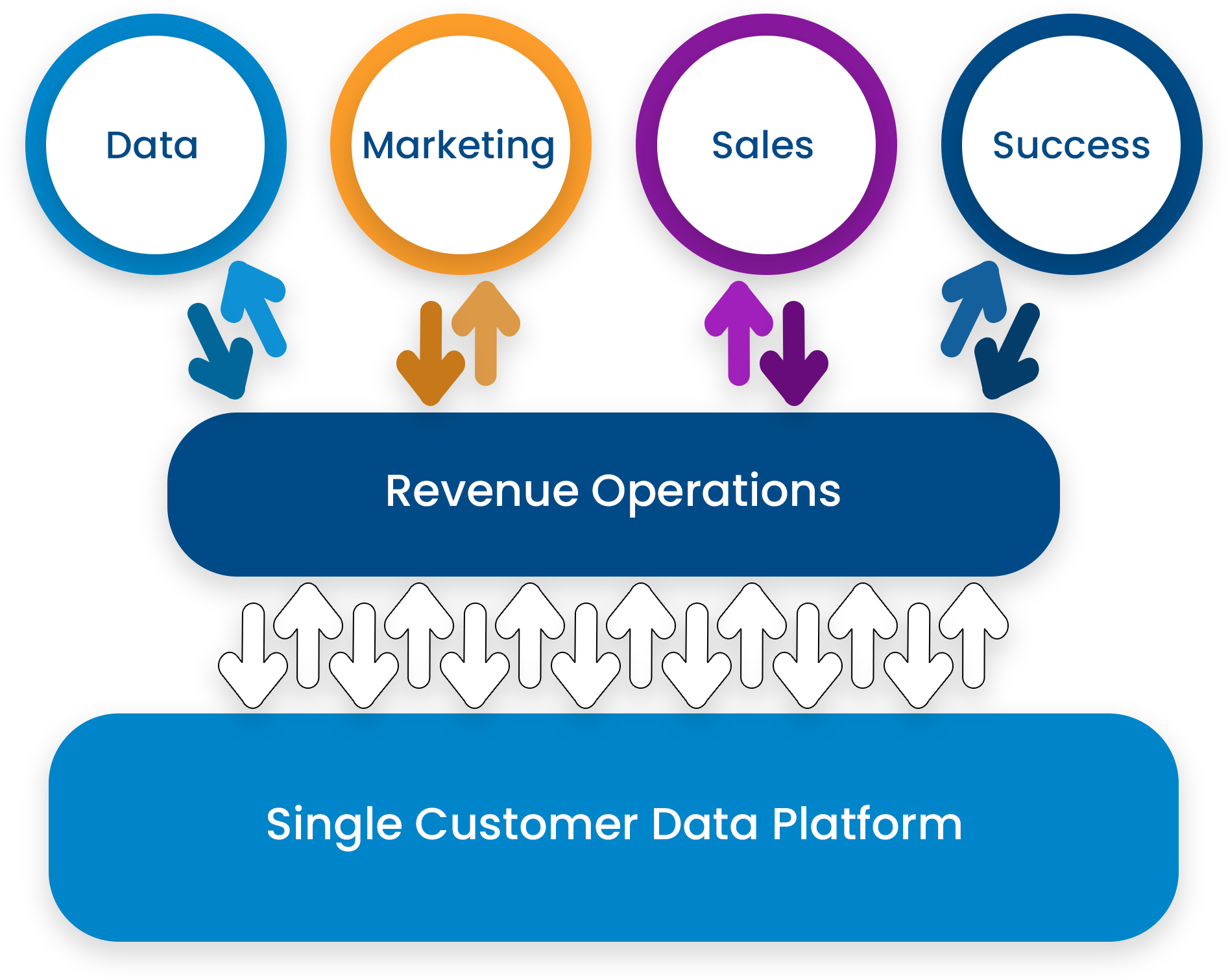
RevOps: Revolutionising Revenue Generation in the SaaS Landscape
Over the years, marketing, sales, and customer success departments have operated as separate entities, each working towards distinct objectives and targets. This siloed approach has often resulted in divided incentives, communication barriers, and disparate strategies that ultimately hinder overall business performance.
RevOps ushers in a transformative era by unifying these departments and creating a cohesive ecosystem that is laser-focused on generating revenue. This groundbreaking approach brings with it a myriad of benefits, including clearly defined collaborative goals, streamlined processes, and strategic utilisation of data.
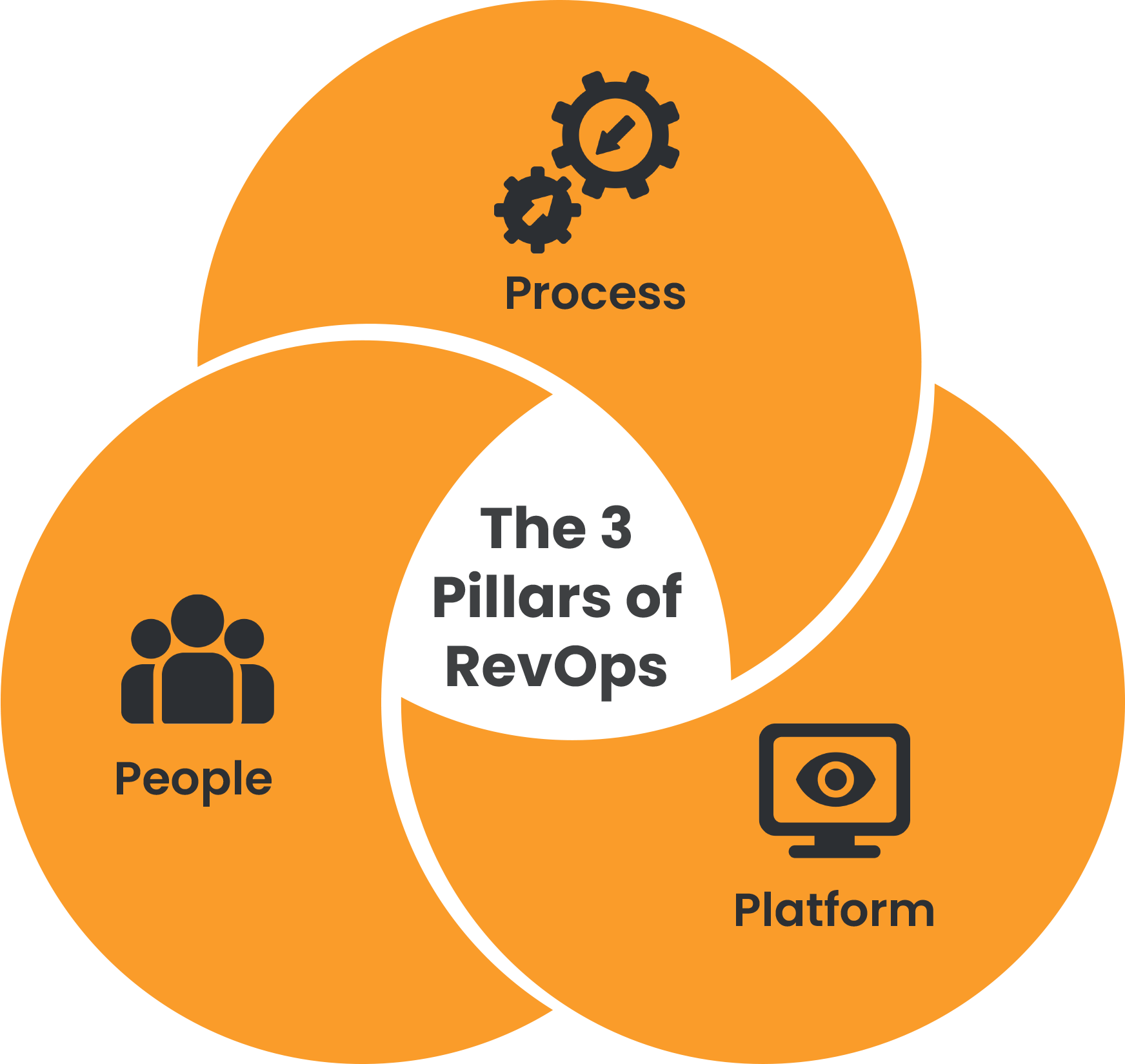
A Forrester report suggests that organisations embracing RevOps can achieve a revenue growth rate that is 3 times higher than their competitors.
By fostering synergy between marketing, sales, and customer success teams, RevOps unlocks unparalleled potential for driving better decisions, optimising efficiency, and boosting overall revenue. Including:
Emphasising Collaboration and Goal Alignment
RevOps fundamentally hinges on the premise of collaboration and shared accountability for revenue generation. By aligning the objectives and key performance indicators (KPIs) of marketing, sales, and customer success teams, RevOps ensures that each department is working cohesively towards common targets. This harmonised approach mitigates the risk of conflicting strategies and fosters an environment where collaboration, knowledge-sharing, and mutual support thrive, ultimately leading to more effective revenue generation.
Streamlined Processes and Seamless Integration
RevOps addresses the inefficiencies that often arise from disconnected departmental processes. By integrating marketing, sales, and customer success workflows, RevOps promotes seamless communication, data sharing, and coordination. This centralised approach paves the way for process standardisation, reduced redundancy, and more efficient resource utilisation, empowering businesses to more effectively drive revenue growth.
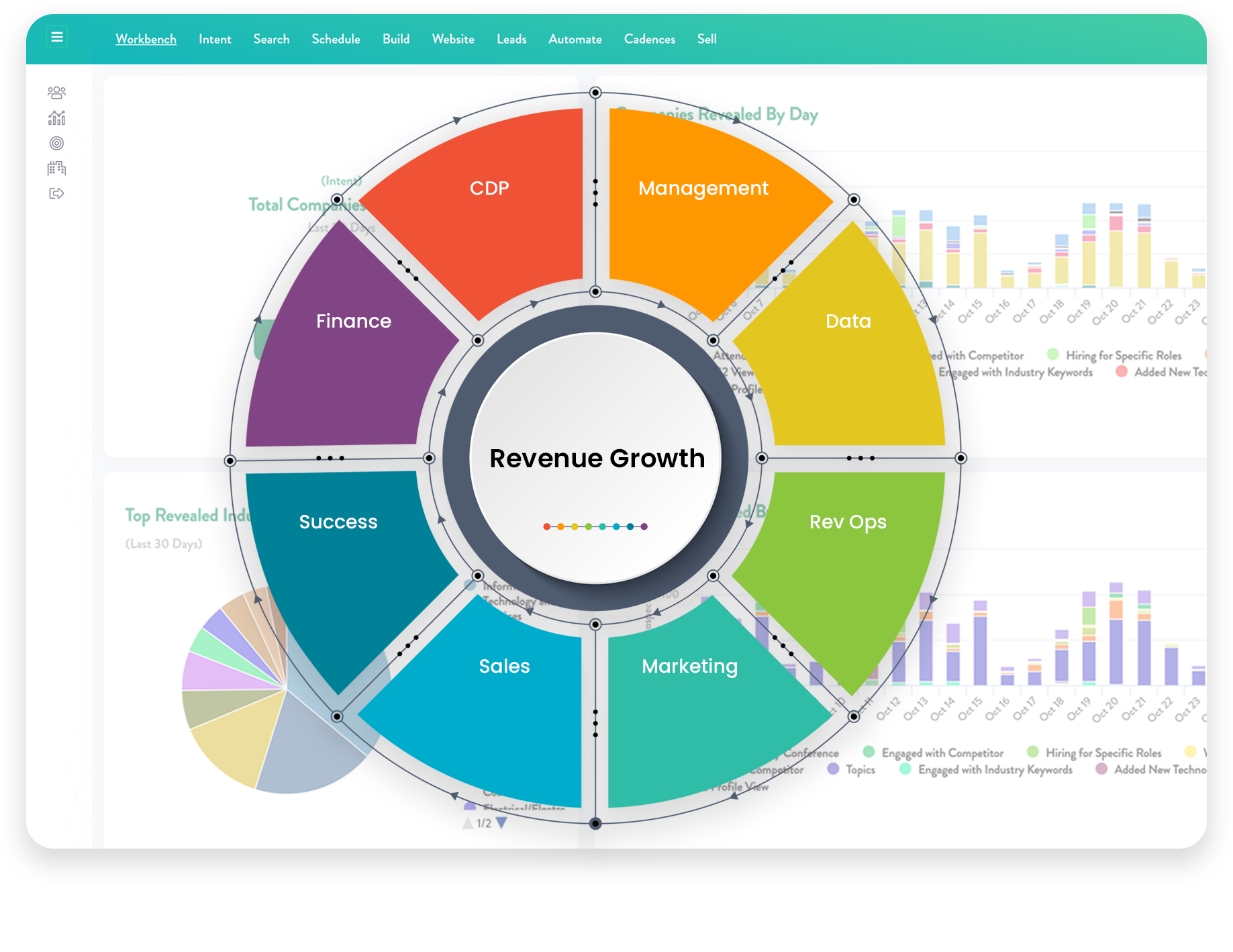
Harnessing the Power of Data
In the era of big data, SaaS businesses stand to gain a competitive edge through the strategic utilisation of information. RevOps recognises this potential by placing data-driven decision-making at its core. Marketing, sales, and customer success teams can leverage shared data to uncover valuable insights, identify trends, and develop targeted strategies for revenue generation. In addition, by adopting a data-centric mindset, RevOps encourages continuous improvement, promoting an ongoing cycle of assessment and optimisation that drives success in the ever-evolving SaaS landscape.
Reaping the Rewards: The benefits of RevOps in the SaaS Industry
1. Team alignment: Perhaps the most striking advantage of RevOps lies in its ability to dismantle departmental silos and align goals across teams. This is particularly critical in the SaaS space, where customer acquisition, retention, and upselling hold the keys to driving revenue. By integrating the efforts of marketing, sales, and customer success teams, collaboration thrives and strategies become more effective.
2. Informed decision-making: RevOps places great emphasis on gathering and analysing data to generate actionable insights. By consolidating data from marketing, sales, and customer success teams, businesses can make informed decisions, identify trends, and launch targeted, strategic initiatives. This proves invaluable in the fiercely competitive SaaS market, where understanding customer behaviour and preferences can spell the difference between triumph and failure.
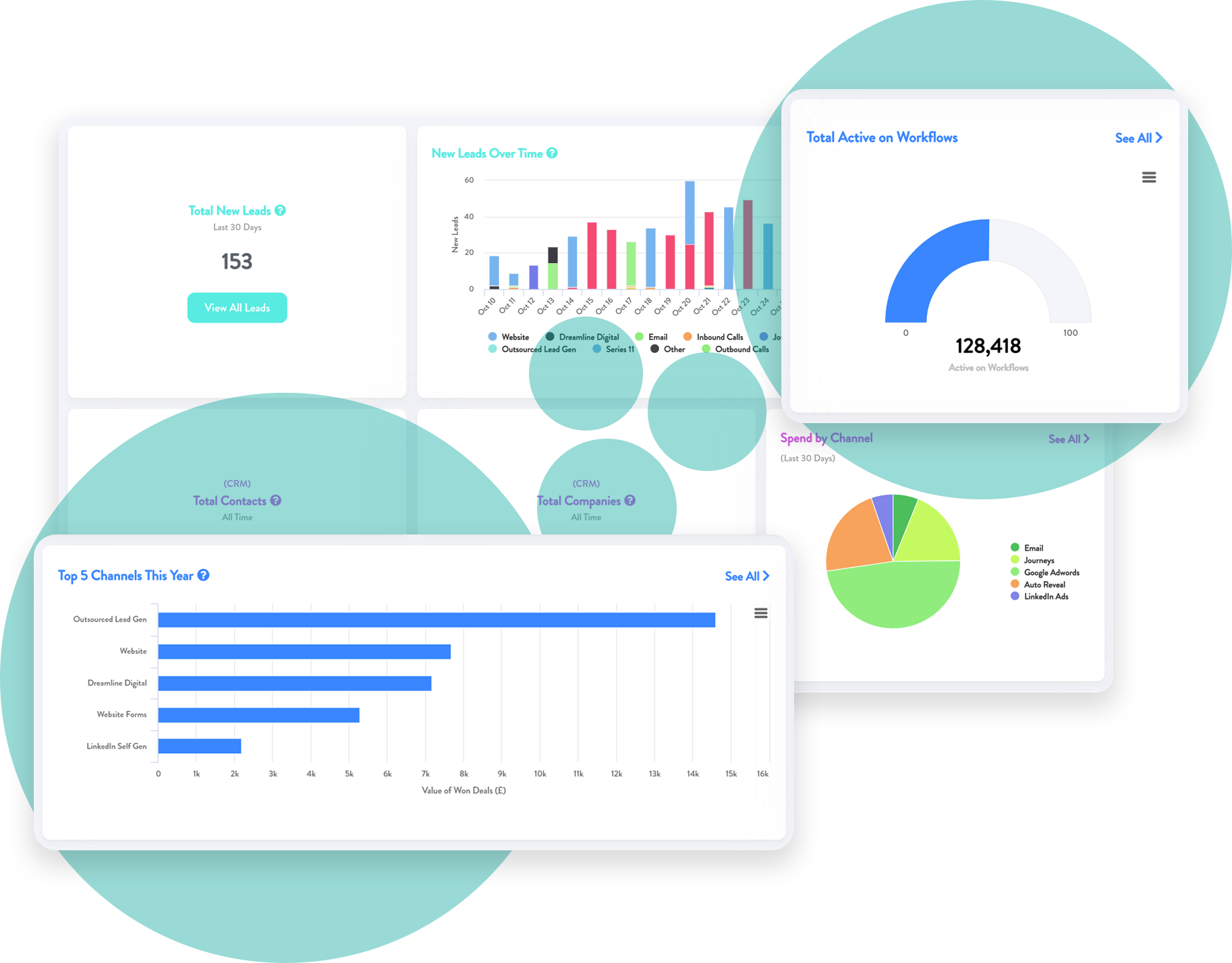
3. Optimising processes: At the core of revenue operations lies the ongoing review and enhancement of processes to drive efficiency and eliminate obstacles to revenue generation. This proves highly advantageous in the SaaS realm, where processes often require swift adaptation in response to fluctuating market conditions or customer needs. Streamlining processes can lead to lower operational costs, more efficient resource utilisation, and ultimately, higher revenue.
4. Robust scalability: As SaaS businesses endeavour to scale their operations, coordinating the efforts of multiple teams towards a common objective becomes a daunting task. RevOps simplifies this challenge by unifying marketing, sales, and customer success functions, providing a coherent framework and roadmap for growth.
Overcoming Hurdles and Unlocking Success
Despite its promise, adopting a RevOps model comes with its share of challenges. Companies must be willing to invest time and resources into crafting a unified strategy, overhauling existing processes, and cultivating a culture of collaboration and accountability.
Key ingredients for a successful RevOps implementation in the SaaS industry include:
1. Leadership buy-in: Gaining support from executive leadership is instrumental in championing the shift to a RevOps model. This enables cultural change, resource allocation, and sustained momentum throughout the transition.
2. Cross-functional teamwork: Collaboration lies at the heart of revenue operations, making it vital to nurture a culture that encourages open communication and teamwork across departments. Tools and strategies such as joint planning sessions, cross-departmental meetings, and shared KPIs can facilitate this collaboration.
 3. Data-centric mindset: Embracing a data-driven approach to decision-making is fundamental for RevOps success. This necessitates investment in appropriate tools and technologies to effectively collect, manage, and analyse data, as well as fostering a culture that values data-driven insights.
3. Data-centric mindset: Embracing a data-driven approach to decision-making is fundamental for RevOps success. This necessitates investment in appropriate tools and technologies to effectively collect, manage, and analyse data, as well as fostering a culture that values data-driven insights.
4. Continuous improvement: RevOps is geared towards facilitating ongoing process optimisation and enhancement. SaaS businesses must commit to regular audits, reviews, and improvements to ensure that their processes continue to drive efficiency and revenue growth.
Conclusion
The rise of revenue operations in the SaaS industry signifies the evolving needs and challenges of businesses in this rapidly-growing sector. By embracing a RevOps framework, SaaS companies can drive team alignment, make more informed decisions, and ultimately, elevate revenue.
While implementation may be a demanding endeavour, the potential benefits and competitive advantages offered by a successful RevOps model make it a worthwhile investment.
Want to talk to a Zymplify expert on how a revenue platform could work for your business personally? Then sign up for a free personalised demo here.

